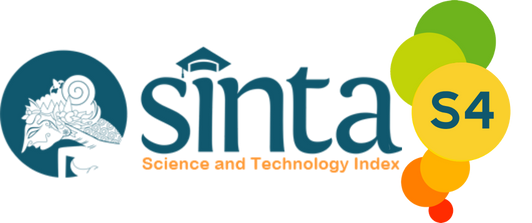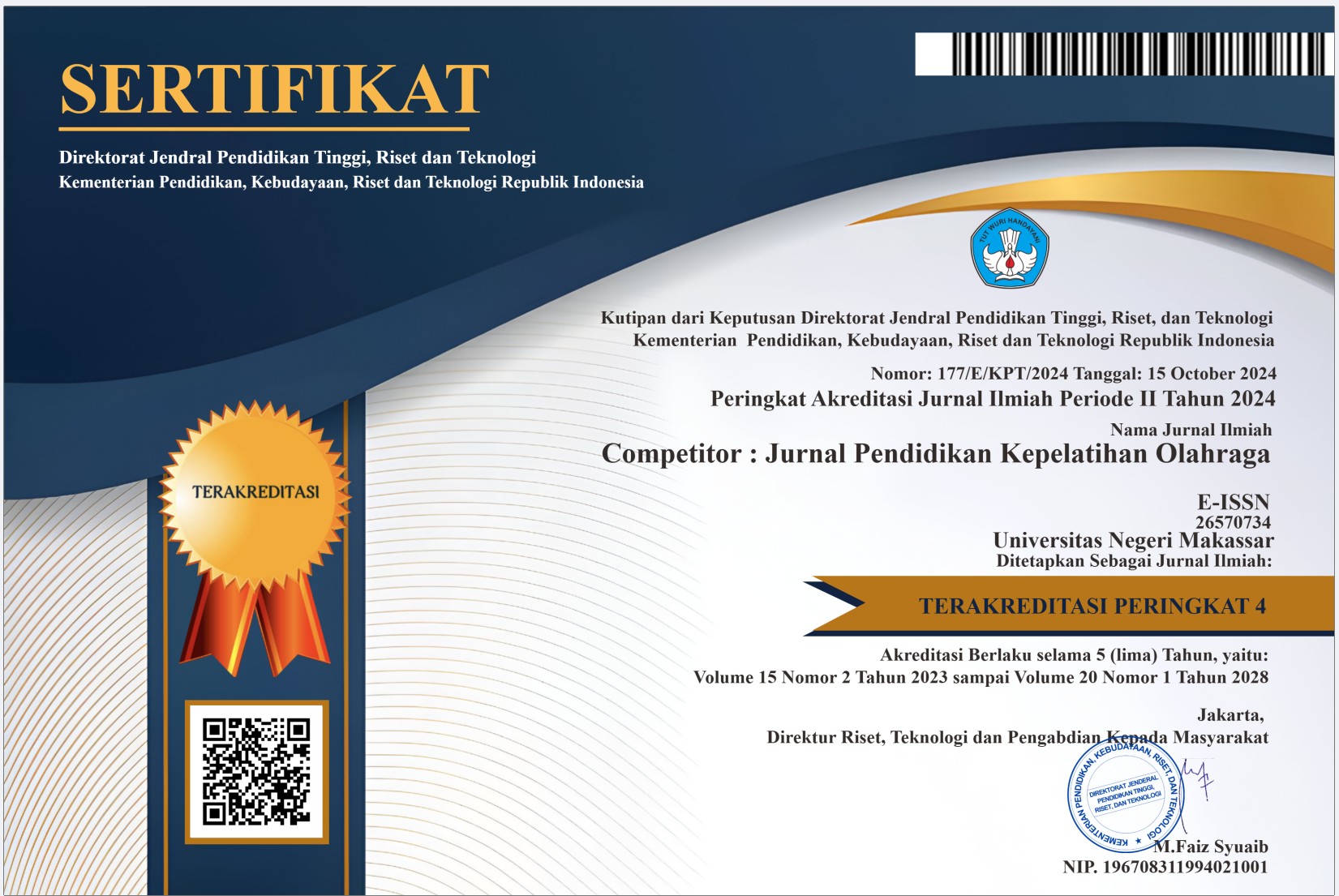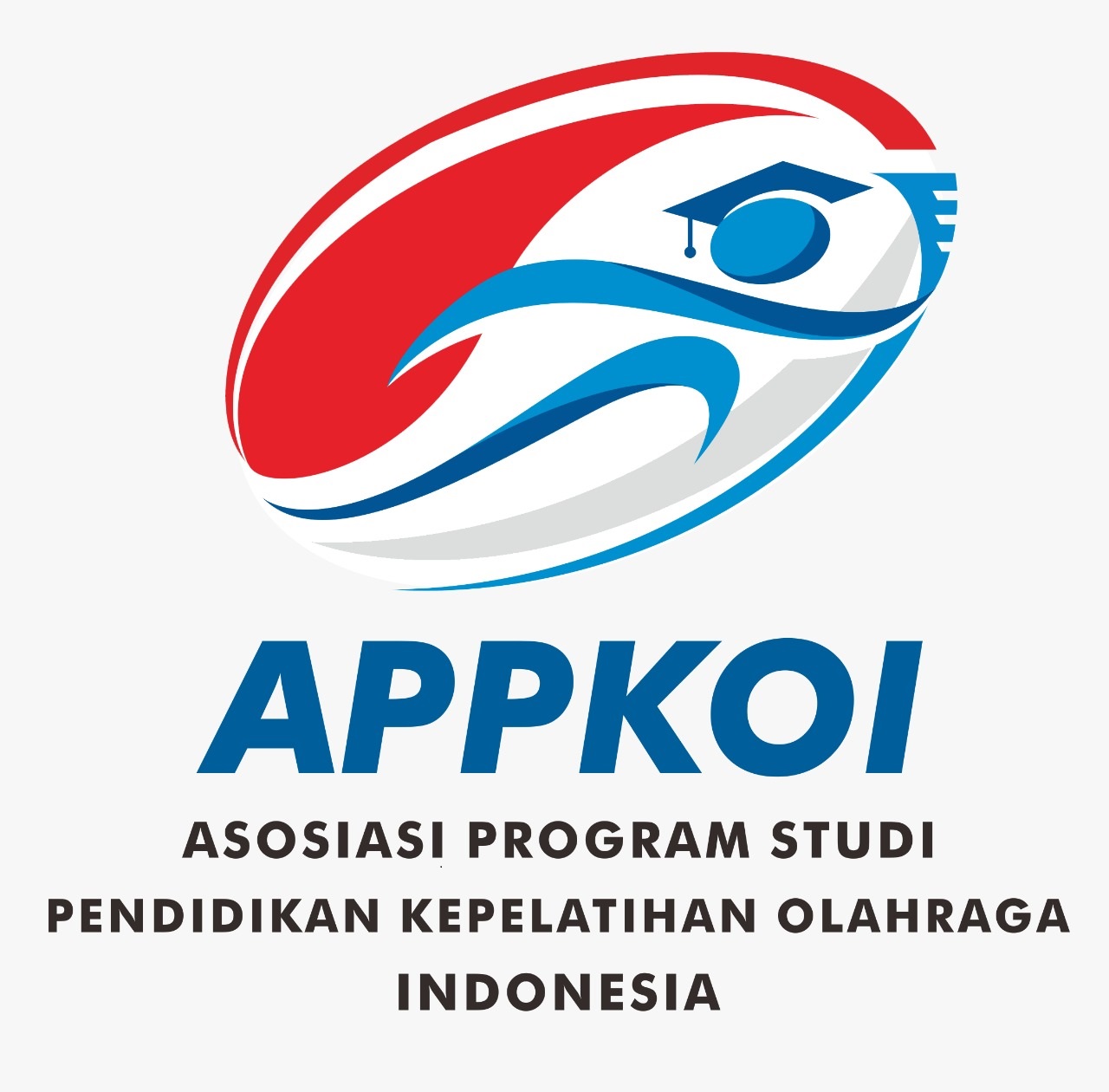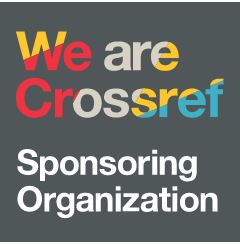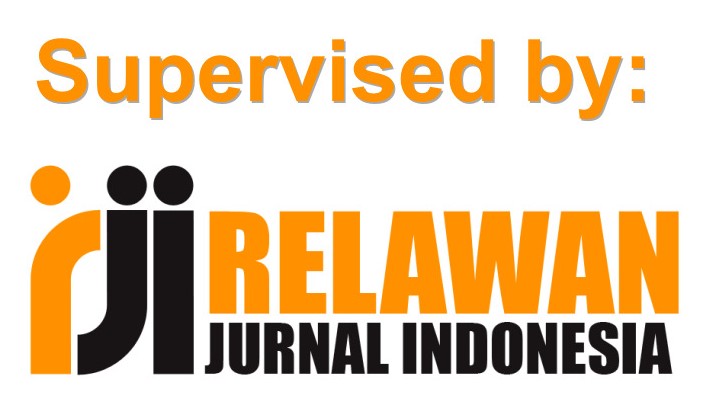Integrating Self-Hypnotherapy Techniques into Physical Conditioning Programs for Volleyball Performance Enhancement
DOI:
https://doi.org/10.26858/cjpko.v17i1.73655Keywords:
Self-Hypnotherapy, Volleyball Performance, Physical Conditioning, Psychological Skills Athletic training.Abstract
This study examined the effects of integrating self-hypnotherapy techniques into physical conditioning programs on volleyball players’ performance. Using a quasi-experimental design with pre-test and post-test control groups, 20 volleyball athletes aged 17–19 were purposively sampled and divided into experimental (n=10) and control (n=10) groups. The experimental group received 6–8 weeks of combined physical training and self-hypnotherapy sessions (20 minutes per training), while the control group engaged in physical training alone. Key performance variables measured included physical attributes (agility, endurance, power), psychological indicators (competitive anxiety, confidence, focus), and volleyball skills (passing, spiking, blocking, serving). Results indicated significant improvements in the experimental group compared to controls. Agility increased by 12.5% (p < 0.01), endurance by 15.3% (p < 0.01), and power by 10.8% (p < 0.05). Psychological assessments showed a 22% reduction in anxiety levels (p < 0.001) and increased confidence and focus by 18% and 20%, respectively (p < 0.01). Volleyball skill performance also improved notably, with effect sizes ranging from moderate to large (Cohen’s d = 0.6–0.9). The control group showed moderate gains but significantly less than the experimental group. These findings highlight the efficacy of self-hypnotherapy as a complementary approach to enhance both physical and psychological aspects of volleyball performance. Incorporating self-hypnotherapy into conditioning programs may optimize athletes’ overall readiness and competitive success.References
Abrahamsen, F. E., Roberts, G. C., & Pensgaard, A. M. (2015). Achievement goals and gender effects on multidimensional anxiety in national elite sport. Psychology of Sport and Exercise, 16(4), 469–473.
Anderson, R., Hanrahan, S., & Hodge, K. (2018). Longitudinal effects of mental skills training on anxiety and performance in competitive athletes. Journal of Applied Sport Psychology, 30(2), 150-164. https://doi.org/10.1080/10413200.2017.1371443
Bailey, R., Hillman, C., Arent, S., & Petitpas, A. (2018). Physical activity: An underestimated investment in human capital? Journal of Physical Activity and Health, 15(10), 679–684.
Bangsbo, J., Iaia, F. M., & Krustrup, P. (2015). The Yo-Yo intermittent recovery test: A useful tool for evaluation of physical performance in intermittent sports. Sports Medicine, 38(1), 37–51.
Barker, J. B., et al. (2018). Enhancing adherence in psychological skills training. Current Opinion in Psychology, 16, 118–122.
Barker, J. B., et al. (2018). Enhancing athletic performance with psychological skills training. Journal of Applied Sport Psychology, 30(2), 129–147.
Barker, J. B., & Jones, M. V. (2006). Using hypnosis, technique refinement, and self-modeling to enhance self-efficacy: A case study in cricket. The Sport Psychologist, 20(1), 94–110. https://doi.org/10.1123/tsp.20.1.94
Birrer, D., & Morgan, G. (2010). Psychological skills training is a way to enhance an athlete’s performance in high-intensity sports. Scandinavian Journal of Medicine & Science in Sports, 20(Suppl 2), 78-87. https://doi.org/10.1111/j.1600-0838.2010.01187.x
Birrer, D., Röthlin, P., & Morgan, G. (2012). Mindfulness to enhance athletic performance: Theoretical considerations and possible impact mechanisms. Mindfulness, 3(3), 235-246. https://doi.org/10.1007/s12671-012-0109-2
Brown, D. J., & Fletcher, D. (2017). Effects of psychological and psychosocial interventions on sports performance: A meta-analysis. Sports Medicine, 47(1), 77–99. https://doi.org/10.1007/s40279-016-0552-7
Callow, N., Roberts, R., & Rodgers, S. (2017). Individual differences in responsiveness to imagery interventions. Journal of Sport & Exercise Psychology, 39(5), 360-372. https://doi.org/10.1123/jsep.2016-0205
Campbell, D. T., & Stanley, J. C. (2015). Experimental and Quasi-Experimental Designs for Research. Ravenio Books.
Chen, S., Huang, W., & Lu, Q. (2022). Effects of relaxation techniques on physical recovery and performance in athletes: A meta-analysis. Sports Medicine, 52(1), 45-60. https://doi.org/10.1007/s40279-021-01539-9
Cox, R. H. (2012). Sport psychology: Concepts and applications (7th ed.). McGraw-Hill Education.
Craft, L. L., Magyar, T. M., Becker, B. J., & Feltz, D. L. (2019). The relationship between mental skills and athletic performance: A meta-analysis. Journal of Sport & Exercise Psychology, 41(2), 123-143. https://doi.org/10.1123/jsep.2018-0223
Creswell, J. W., & Creswell, J. D. (2018). Research Design: Qualitative, Quantitative, and Mixed Methods Approaches (5th ed.).
Deci, E. L., & Ryan, R. M. (2017). Self-determination theory in sport and exercise. In G. Tenenbaum & R. C. Eklund (Eds.), Handbook of Sport Psychology (pp. 161-183). Wiley.
Etikan, I., Musa, S. A., & Alkassim, R. S. (2016). Comparison of purposive and random sampling methods. American Journal of Theoretical and Applied Statistics, 5(1), 1–4.
Feltz, D. L., & Landers, D. M. (2018). Psychological interventions for athletes: Evidence and applications. Journal of Sports Sciences, 36(7), 754-766. https://doi.org/10.1080/02640414.2017.1352929
Field, A. (2018). Discovering Statistics Using IBM SPSS Statistics (5th ed.). SAGE Publications.
Fritz, C. O., Morris, P. E., & Richler, J. J. (2012). Effect size estimates: Current use, calculations, and interpretation. Journal of Experimental Psychology: General, 141(1), 2–18. https://doi.org/10.1037/a0024338
Gabbett, T., & Georgieff, B. (2013). Physiological and anthropometric characteristics of junior volleyball players. International Journal of Sports Physiology and Performance, 8(1), 1-8. https://doi.org/10.1123/ijspp.8.1.1
Gardner, F. L., & Moore, Z. E. (2019). Mindfulness and acceptance models in sport psychology: A decade review. Journal of Clinical Sport Psychology, 13(3), 231-255. https://doi.org/10.1123/jcsp.2019-0028
Gould, D., & Udry, E. (1994). Psychological skills for enhancing performance: Arousal regulation strategies. Medicine and Science in Sports and Exercise, 26(4), 478–485. https://doi.org/10.1249/00005768-199404000-00017
Gravetter, F. J., & Wallnau, L. B. (2021). Statistics for The Behavioral Sciences (11th ed.). Cengage Learning.
Gruzelier, J. H. (2014). EEG-neurofeedback for optimising performance. III: A review of methodological and theoretical considerations. Neuroscience & Biobehavioral Reviews, 44, 159-182. https://doi.org/10.1016/j.neubiorev.2014.03.015
Gupta, R., & Arora, S. (2017). Psychological interventions for sports performance enhancement: A systematic review. Journal of Sports Sciences, 35(15), 1444-1453. https://doi.org/10.1080/02640414.2016.1239342
Hanton, S., Fletcher, D., & Coughlan, G. (2017). Stress in sport: A review of stressors and stress management. Journal of Sports Sciences, 35(5), 465-475. https://doi.org/10.1080/02640414.2016.1156170
Hanton, S., & Mellalieu, S. D. (2006). Literature review: Recent developments in competitive anxiety direction and competition stress research. International Review of Sport and Exercise Psychology, 1(1), 45–57. https://doi.org/10.1080/17509840701827445
Hardy, L., Jones, G., & Gould, D. (1996). Understanding psychological preparation for sport: Theory and practice of elite performers. Wiley.
Heap, M., & Aravind, K. K. (2002). Hypnosis in therapy. Psychology Press.
Holliday, B., Burton, D., Sun, G., Hammermeister, J., Naylor, S., & Pickering, M. (2008). Building the better mental training mousetrap: Is periodization a more systematic approach to promoting performance excellence? Journal of Applied Sport Psychology, 20(2), 199–219. https://doi.org/10.1080/10413200701867543
Jensen, M. P., Adachi, T., & Hakimian, S. (2021). Neural mechanisms of hypnosis and pain modulation. Neuroscience Letters, 740, 135480.
Lakens, D. (2013). Calculating and reporting effect sizes to facilitate cumulative science: A practical primer for t-tests and ANOVAs. Frontiers in Psychology, 4, 863. https://doi.org/10.3389/fpsyg.2013.00863
Mahoney, M. J., & Avener, M. (1977). Psychology of the elite athlete: An exploratory study. Cognitive Therapy and Research, 1(2), 135–141. https://doi.org/10.1007/BF01173634
Markovic, G., & Mikulic, P. (2014). Neuro-musculoskeletal and performance adaptations to lower-extremity plyometric training. Sports Medicine, 44(8), 111–122.
Martens, R. (1987). Coaches guide to sport psychology. Human Kinetics.
McKay, C. D., et al. (2022). Retention strategies in sport intervention studies. Journal of Sports Science & Medicine, 21(2), 145–153.
Mertens, D. M. (2020). Research and Evaluation in Education and Psychology: Integrating Diversity With Quantitative, Qualitative, and Mixed Methods (5th ed.). SAGE Publications.
Milling, L. S., & Randazzo, M. (2016). Hypnosis and athletic performance: A meta-analytic review. Clinical Journal of Sports Medicine, 26(5), 355–361. https://doi.org/10.1097/JSM.0000000000000260
Morris, T., & Terry, P. C. (2011). The new sport and exercise psychology companion. Fitness Information Technology.
Orlick, T., & Partington, J. (1988). Mental links to excellence. The Sport Psychologist, 2(2), 105–130. https://doi.org/10.1123/tsp.2.2.105
Palinkas, L. A., et al. (2015). Purposeful sampling for qualitative data collection and analysis in mixed method implementation research. Administration and Policy in Mental Health and Mental Health Services Research, 42(5), 533–544.
Pallant, J. (2020). SPSS Survival Manual (7th ed.). McGraw-Hill Education.
Pates, J., & Cowen, A. (2013). The effect of a hypnosis intervention on performance and flow state of an elite golfer. The Sport Psychologist, 27(4), 325–337.
Pates, J., Cummings, A., & Maynard, I. (2001). The effects of hypnosis on flow states and golf-putting performance. Journal of Applied Sport Psychology, 13(4), 341–354. https://doi.org/10.1080/104132001753226238
Pates, J., & Maynard, I. (2000). Effects of hypnosis on flow states and golf performance. Perceptual and Motor Skills, 91(3_suppl), 1057–1075. https://doi.org/10.2466/pms.2000.91.3f.1057
Raglin, J. S. (2001). Psychological factors in sports performance: The mental health model revisited. Sports Medicine, 31(12), 875–890. https://doi.org/10.2165/00007256-200131120-00004
Slimani, M., et al. (2016). Effects of mental training on performance and psychological parameters in sports. Sport Sciences for Health, 12(2), 223–229. https://doi.org/10.1007/s11332-016-0271-2
Taylor, J., & Wilson, G. (2005). Applying sport psychology: Four perspectives. Human Kinetics.
Thomas, J. R., Nelson, J. K., & Silverman, S. J. (2020). Research Methods in Physical Activity (8th ed.). Human Kinetics.
Vealey, R. S. (2007). Mental skills training in sport. In G. Tenenbaum & R. C. Eklund (Eds.), Handbook of sport psychology (3rd ed., pp. 287–309). Wiley.
Vealey, R. S., & Greenleaf, C. A. (2010). Seeing is believing: Understanding and using imagery in sport. The Sport Psychologist, 24(3), 286-310. https://doi.org/10.1123/tsp.24.3.286
Weinberg, R. S., & Gould, D. (2015). Foundations of sport and exercise psychology (6th ed.). Human Kinetics.
Weinberg, R. S., & Gould, D. (2019). Foundations of Sport and Exercise Psychology (7th ed.). Human Kinetics.
Williams, J. M., & Krane, V. (2015). Applied sport psychology: Personal growth to peak performance (7th ed.). McGraw-Hill Education.
Downloads
Published
Issue
Section
License
Copyright (c) 2025 Sahabuddin Sahabuddin, Davi Sofyan, Arman Fadillah (Author)

This work is licensed under a Creative Commons Attribution 4.0 International License.

